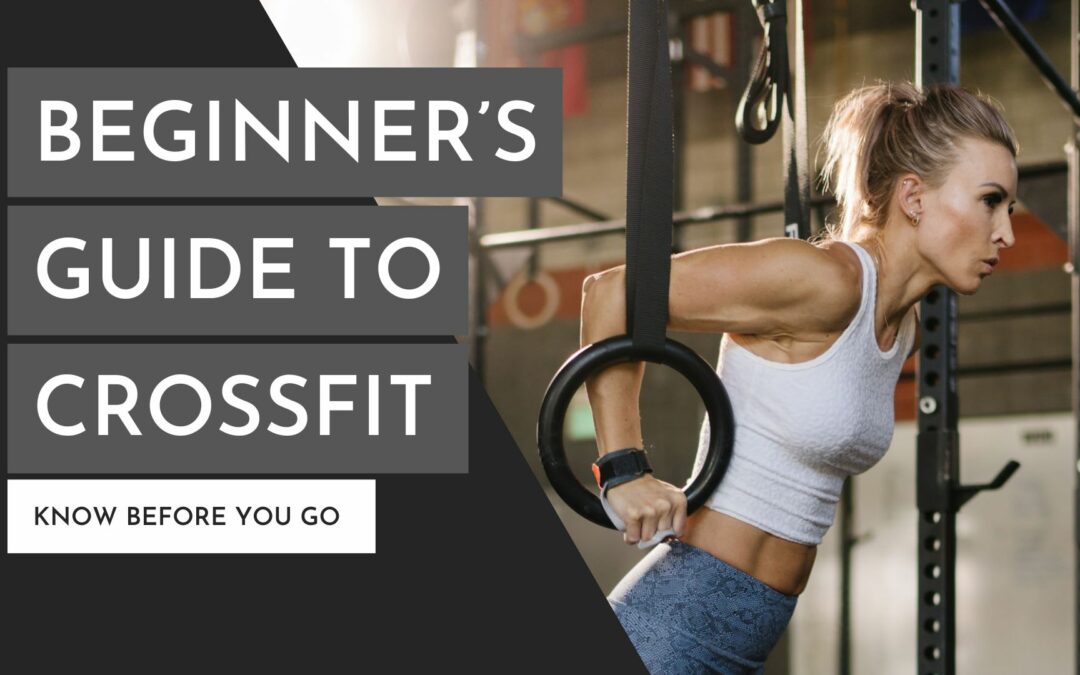Even if you’re not the most exercise-oriented person, you’ve likely heard of CrossFit and have a vague notion of people flipping truck tires and swinging kettlebells. It’s the kind of exercise regimen that, from the outside, can appear overwhelming and not for the uninitiated. In all actuality, CrossFit is designed to meet you at your current fitness level and help you reach your goals.
The first brick-and-mortar location opened in Santa Cruz, California, in 2000 and has since spread worldwide, with more than 12,000 locations.
What is CrossFit and What Can You Expect?
Every CrossFit gym (known as a box) and workout are different but operate according to the same underlying philosophy. At its core, CrossFit relies on high intensity and constant variation to work all of your muscle groups. As the name suggests, CrossFit aims to help you develop strength across body systems and achieve overall fitness.
In addition to a fitness regime, CrossFit is a competitive sport with an annual competition to crown the world’s fittest person. Whether you’re headed for competition or not, CrossFit workouts are a mixture of aerobics, bodyweight exercises, and weight lifting, which take place in one-hour sessions. Each session will look something like this:
- Introduction – each workout begins with an introduction and explanation of the day’s workout and movements from your CrossFit coach.
- Warmup – before you get into the actual workouts, your coach will run you through warmups to ensure your body is ready to move.
- Skill practice – your coach will run you through movements relevant to the coming exercises. This allows you to check your form and “scale” a workout with your coach as needed. More on scaling in a moment.
- Workout – this is what you came for, the actual exercises with your coach and your peers. These will vary from day to day and from person to person. Whether you’re a seasoned gym rat or new to personal fitness, a trained CrossFit coach will push you based on your skill level. Every workout looks different for you than it does for your neighbor. You might use less weight, do fewer reps, or substitute a different exercise entirely. Not only is that okay, it’s the point.
- Cool down – after you’ve completed the day’s workout, you’ll have a period to let your body relax and return to its resting state. This is also a moment for celebration! Whether you have a personal celebration or celebrate with peers, working out is challenging, and you did it!
What to Wear for a CrossFit Workout
While you can get away with the typical gym wear (a tank top, t-shirt, sports bra, shorts or leggings, and athletic shoes), CrossFit isn’t your typical workout. In addition to familiar exercises like pull-ups, crunches, and lunges, CrossFit will have you standing on your head, climbing ropes, and more. You’ll want comfortable, functional clothing that covers all of the important bits during a range of motions.
Clothing that is too tight might be restrictive during certain exercises, while clothing that is too loose could get caught while in motion or lead to an unfortunate wardrobe malfunction at an inopportune time. Zyia’s selection of gym favorites, including Light n Tight Hi-rise Capris, matching sports bras, and Zipper Pocket Shorts, are all excellent options for a CrossFit workout. Well-fitting clothes are your best defense against gravity when your workout turns you upside down. And remember your feet!
A solid pair of exercise shoes ensures you get the support you need at your foundation. Pairing them with tall, comfortable socks will protect your legs and ankles during rope climbs and other potentially abrasive exercises.
CrossFit Jargon
Walking into a CrossFit box for the first time can feel like visiting an alien planet in more ways than one. Walk through those doors, and you’ll likely hear people using words and terms you’ve never encountered before. You’ll pick up the local terminology quickly, but here’s a primer to get you started.
WOD: Workout of the Day. Workouts change daily, and WOD is a simple abbreviation for today’s set of movements.
AMRAP: As Many Reps (or rounds) as Possible. This is a common way of scaling an exercise to the individual. The point isn’t to do a certain number of movements but to push up against your physical limits.
EMOM: Every Minute on the Minute. During EMOM workouts, you’ll complete the prescribed set of reps every 60 seconds. Time left after your reps is time to rest before you start again when the second-hand hits 12.
HAP: Heavy as Possible. This is another way of scaling an exercise. For example, if squats are on the day’s agenda, you might use only the bar while someone else might load up a few hundred pounds. The goal isn’t to hit a certain weight but to find the correct resistance for your body.
Knowing the jargon will help you listen to your coach and peers, but listening to your body is even more important. The goal is safe, consistent progress and sustainable healthy habits inside and outside the gym. The only person you should be competing with is yourself, and that means paying attention to where you’re at.
In addition to workouts, CrossFit also focuses on nutrition and rest. Moving your body is integral to fitness, but only when coupled with good food and adequate sleep. And we’ve got you covered with all the gym wear and gear you’ll need to take on your first or your hundredth CrossFit WOD. With a little determination and practice, you’re sure to find your AMRAP increasing and your HAP number going up, and you’ll look forward to spending time in the box. Get out there and give it a try!

